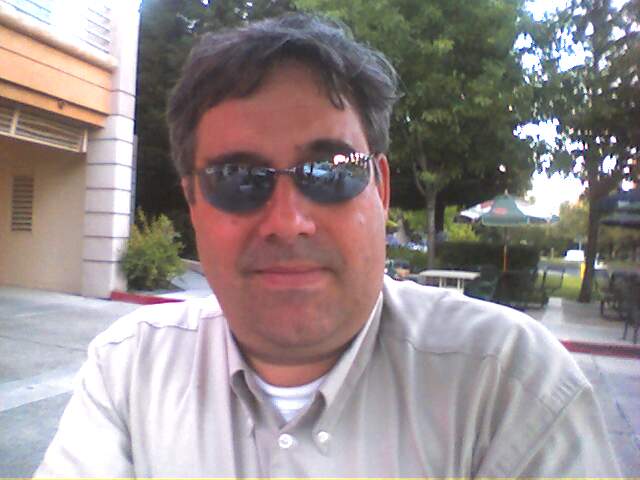The Shocking headline, Analog guru Jim Williams dies after stroke.
Now this is not normally the place for an obituary, but this is career related.
Jim changed my career trajectory. In the article, you can read how Jim dropped out of college, and how he wound up at MIT, not as a student, but as a lab technician, and eventually found his way to silicon valley and to his signature role working for Linear Technology as an Applications Engineer. As a young engineer working on analog (board) designs, I often read his Tech Notes in preparation for working on a design. Then I started seeing his column in EDN. When I finally took the time to map out my skills, I finally saw, modeled by Jim, a role to set my aspirations on: Part Technical Expert, part Social, working with many customers, part Educator. I wanted to be an Applications Engineer, not a designer.
As a result of this insight, when the opportunity presented itself, I moved home to California, and went to work for Cadence design systems as an Analog design software Applications Engineer.
It was barely a year after my move that I actually got to meet Jim in person. Since I had started an IEEE chapter, and desparately needed (good) speakers, I reached out to Jim, who came and gave an excellent talk about Bill Hewlett's Audio Oscillator (showing off his own that he had restored to original condition. He explained Bill's genius (synthesis more than "invention), how the Oscillator worked, reviewed the business plan, and then, because he was paid by Linear, showed how to redesign the Oscillator, using LT opamps. For a device that had ONE active gain element, it was surprising how many Opamps were needed to get something close to meeting the same specs for linearity and distortion. But there we really see two lessons, 1. adjust your specifications to meet the new technology regime, and 2. Silicon might be more complicated, but since the transistors are nearly free, you can add features (digital connectivity) reduce size and cost all at the same time (assuming there is demand for the volume needed at the price point).
I last saw Jim in February at the Dinosaur's (strike that) Analog Affictionados party (promoted by Paul Rako). I'm really glad I took the time to go.
Life is just too short.
Rest in peace, Jim!





